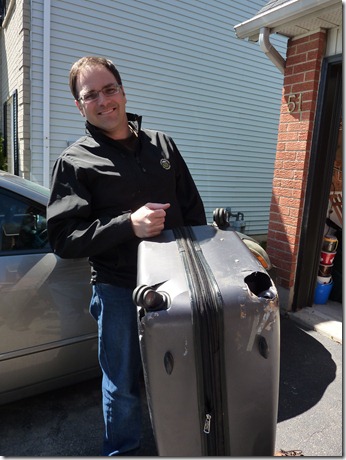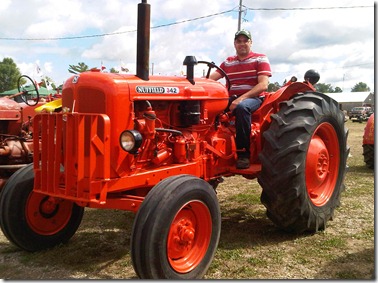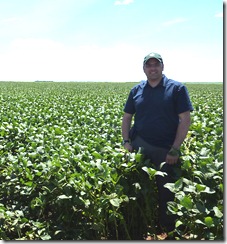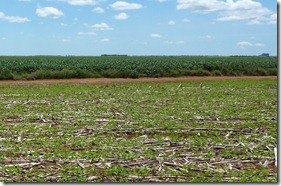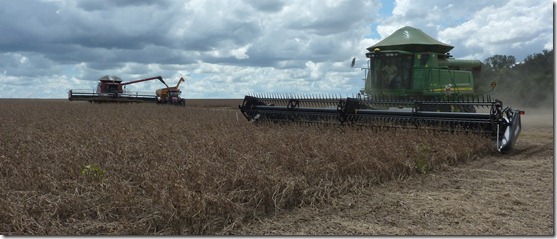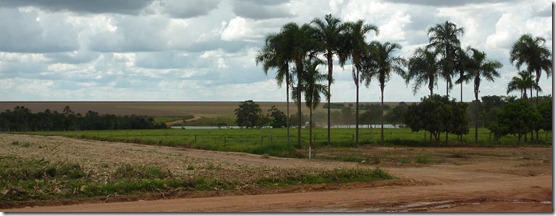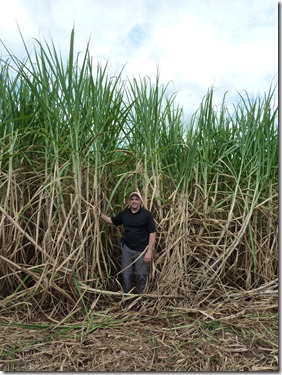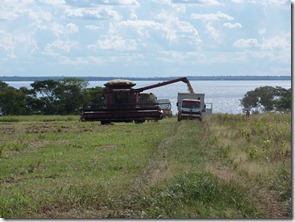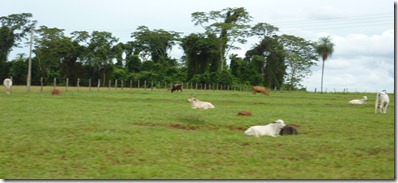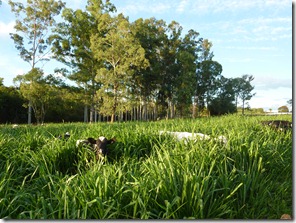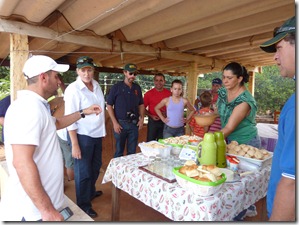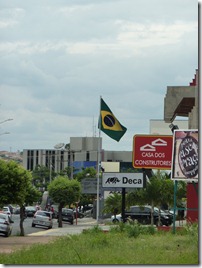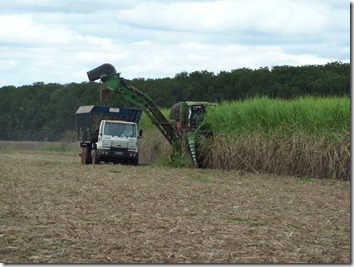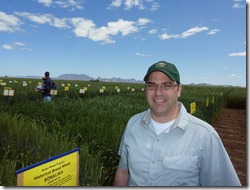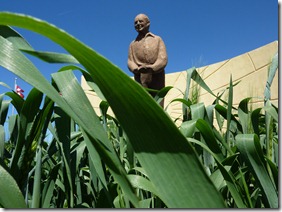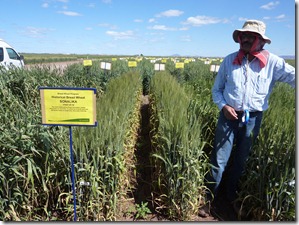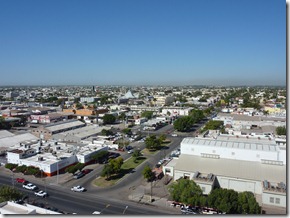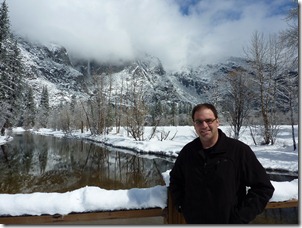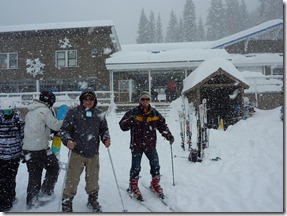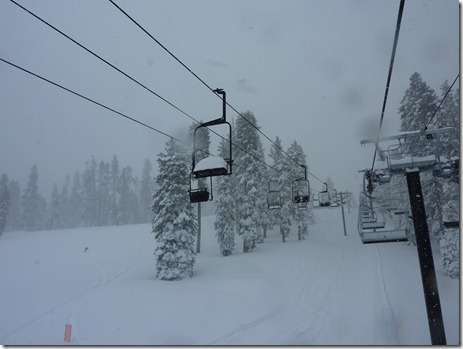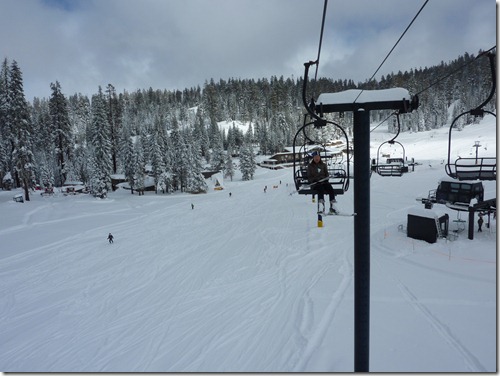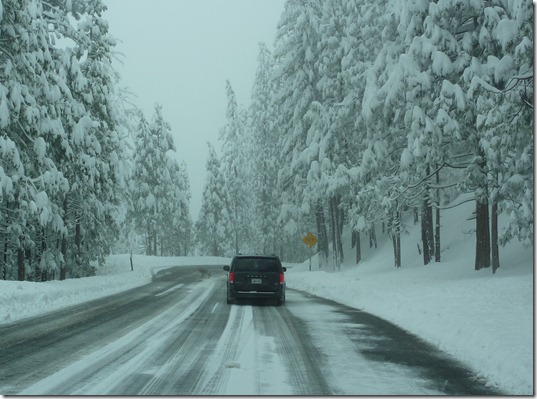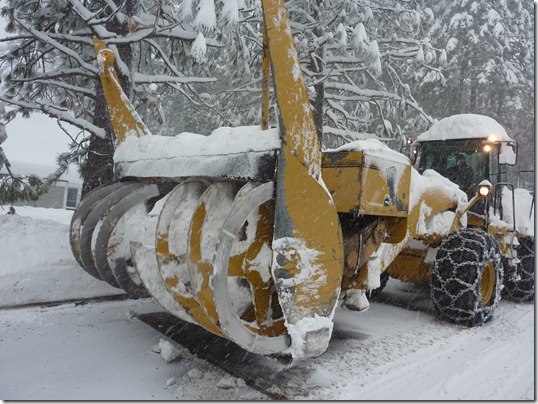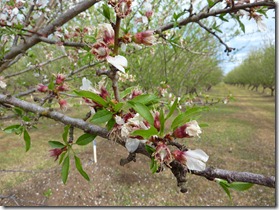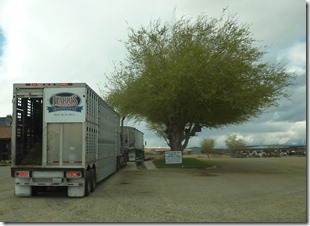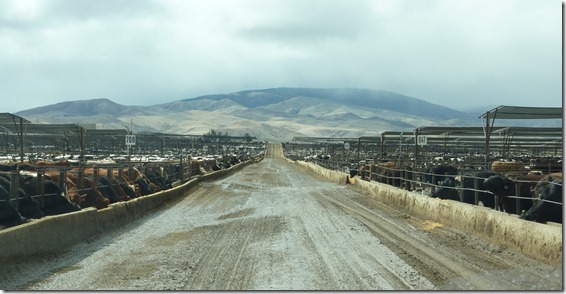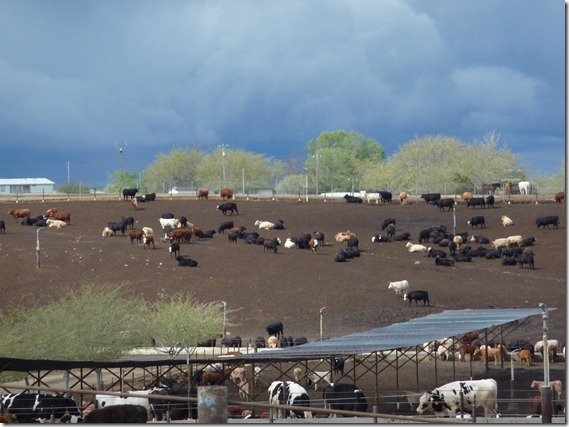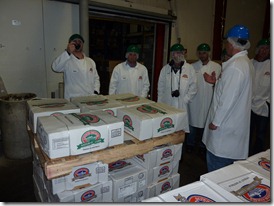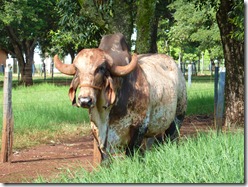 We arrived in Uberaba, Brazil, the Beef Capital of Brazil on Thursday, March 30th, and enjoyed a traditional Brazilian barbeque, complete with an endless supply of skewered meat. On the morning of March 31st, we visited ABS, a bull breeding centre that houses 120 bulls. The bulls here are much different than Canadian bulls. Lots of Brahman and Nelore, and some Gir and Brangus and Simbrah.
We arrived in Uberaba, Brazil, the Beef Capital of Brazil on Thursday, March 30th, and enjoyed a traditional Brazilian barbeque, complete with an endless supply of skewered meat. On the morning of March 31st, we visited ABS, a bull breeding centre that houses 120 bulls. The bulls here are much different than Canadian bulls. Lots of Brahman and Nelore, and some Gir and Brangus and Simbrah.
Brazil is the largest coffee producer in the world. 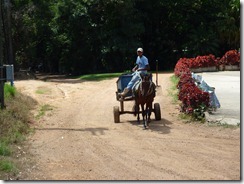 We traveled to the heart of coffee country and visited a coffee processing coop and a coffee producer. We learned that the best coffee beans come from the highest elevation and that the best way to evaluate bean quality is through trained taste test.
We traveled to the heart of coffee country and visited a coffee processing coop and a coffee producer. We learned that the best coffee beans come from the highest elevation and that the best way to evaluate bean quality is through trained taste test.
The final farm stop of our trip was at a large family farm in the coffee region near Carmo do Rio Claro. This farm started out small, and has grown into a diverse operation with 3 generations involved.  Currently, they milk 1100 cows, raise 1500 Nelore beef cattle, raise fish in ponds, and grow numerous crops including coffee, corn, sorghum, soybeans, and sugarcane. They also run a distillery where they make and sell 100,000 litres of Cashaca per year – a Brazilian sugarcane liquor. Despite this farm being large and diversified, it still felt like a family farm. It was perhaps the most picturesque farms I’d ever seen.
Currently, they milk 1100 cows, raise 1500 Nelore beef cattle, raise fish in ponds, and grow numerous crops including coffee, corn, sorghum, soybeans, and sugarcane. They also run a distillery where they make and sell 100,000 litres of Cashaca per year – a Brazilian sugarcane liquor. Despite this farm being large and diversified, it still felt like a family farm. It was perhaps the most picturesque farms I’d ever seen. 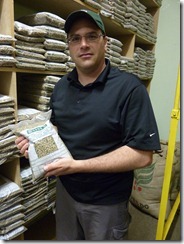 This land is highly productive - they grow 3 crops per year on irrigated land – corn, sorghum and soybeans. On non-irrigated land, they grow 2 crops per year – corn, soybeans, and a turnip cover crop.
This land is highly productive - they grow 3 crops per year on irrigated land – corn, sorghum and soybeans. On non-irrigated land, they grow 2 crops per year – corn, soybeans, and a turnip cover crop.
This brings me to the end of Nuffield Global Focus Program. I have many more experiences to share and have only been able to write about a few. I look forward to sharing my experiences with others over the next few months. I hope to keep blogging, but don’t hesitate to contact me about any interesting ideas or with any questions about my travels.

The Nuffield experience is truly like none other in the world. If you are interested in exploring it, be sure to check out the Nuffield Canada website at www.nuffield.ca. Applications are now being accepted for 2013, and lots more information is available about the program.
I am now home in Guelph and have had a few minutes to reflect on this trip. It will take me a bit more time to fully appreciate all that we saw. These experiences would not have been possible without the time and effort of volunteers around the world. In each country, there was a lead organizer who lined up meetings and visits for our group. This is not an easy task, and I truly appreciate the time and effort that allowed us to fully experience each country. I would also like to thank the dozens of farmers and business leaders that opened their doors to us and shared their real business stories and advice. We had many open and frank discussions about running agricultural businesses and learned a lot.
 Thank you to Nuffield Canada for selecting me as a 2012 Canadian Nuffield Scholar and providing financial support. The encouragement to participate in the Global Focus Program was some of the best advice I’ve ever had. I also would like to thank Nuffield Australia for organizing the Global Focus Program and opening their doors to Canadian participation.
Thank you to Nuffield Canada for selecting me as a 2012 Canadian Nuffield Scholar and providing financial support. The encouragement to participate in the Global Focus Program was some of the best advice I’ve ever had. I also would like to thank Nuffield Australia for organizing the Global Focus Program and opening their doors to Canadian participation.
And finally, thank you to Grain Farmers of Ontario for allowing me to take time out of my job to pursue this endeavour. I can’t wait to get back to work and build upon and apply the things I’ve learned about global research and developing new markets for agricultural products.
I made 7 great friends during the past 7 weeks. Thank you Rhys, Ryan, Ray, Bryan, Dave,
Damian, and Natalie for accepting the ‘token Canadian’ so warmly. I am grateful to have spent this time getting know you and having so many laughs.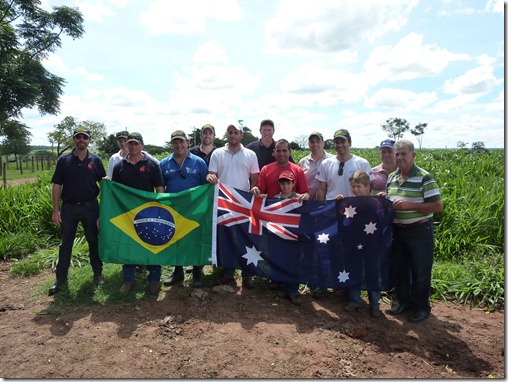

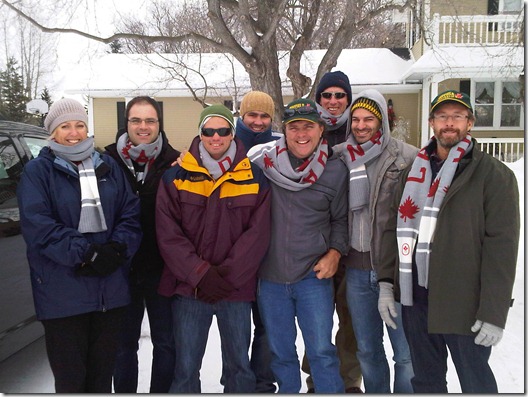
My suitcase BARELY made it home!
